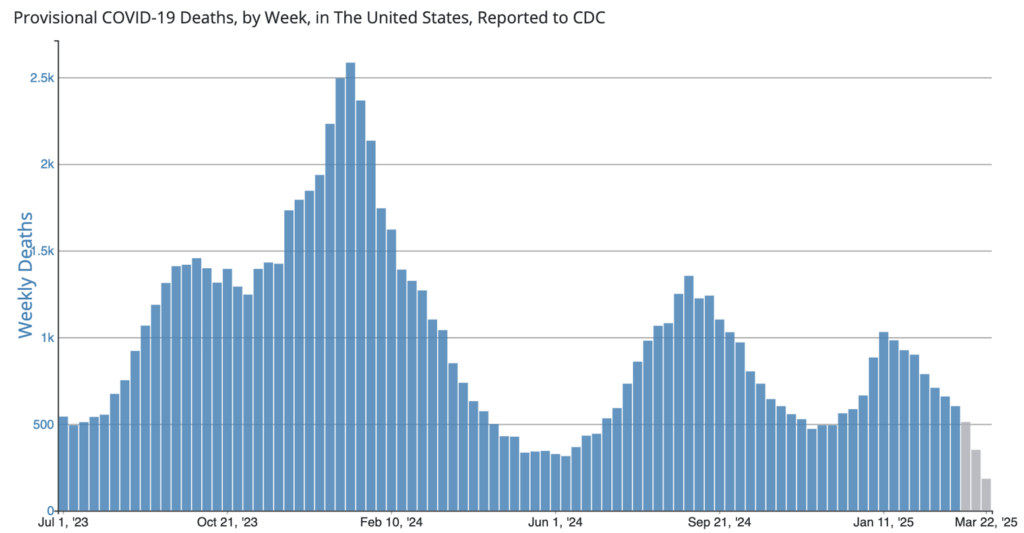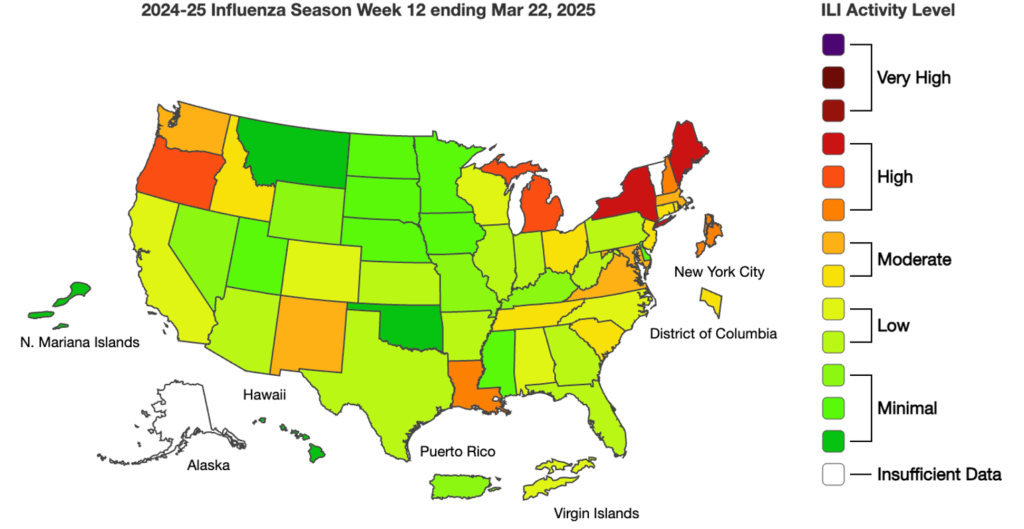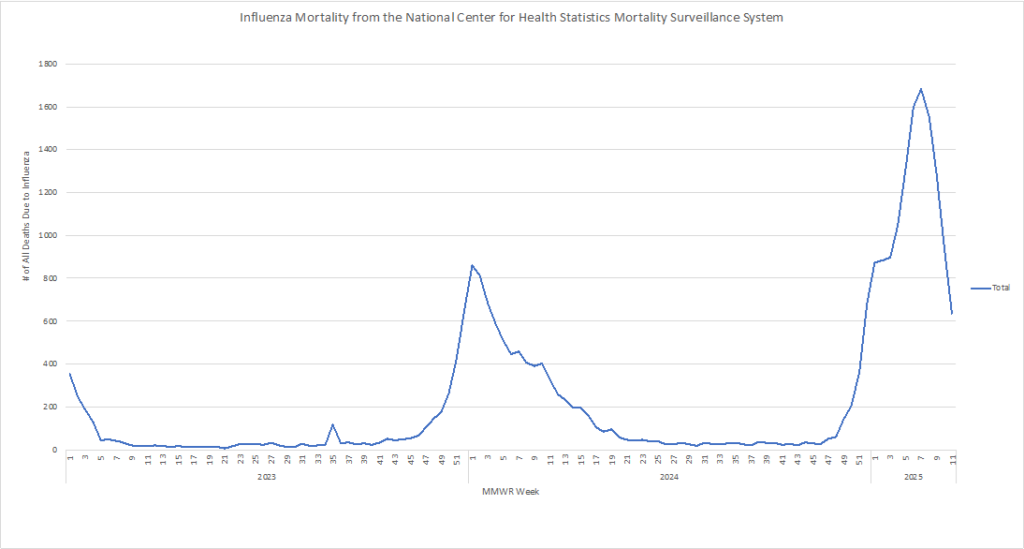After a sudden hair loss (alopecia) outbreak in 18 villages in Buldhana, India, prompted authorities to order a probe into the matter, it was discovered that the more than 300 affected individuals, who were primarily women, had a marked increase in selenium levels in their blood, urine, and hair samples. Individuals were also found to have additional symptoms, such as headache, fever, scalp itching, tingling, vomiting and diarrhea.
Upon further investigation, the outbreak was found to be linked to wheat imported from Punjab and Haryana that had selenium content 145 times higher than the normal range. The selenium content is due to naturally occurring selenium levels in the regions the implicated wheat was grown. In the early 2000s, some Punjab districts faced similar issues due to selenium-rich floodwaters from the Shivalik mountain range contaminating agricultural fields.
While selenium is a nutrient that is found naturally in many foods and is needed by the body for reproduction, thyroid gland function, DNA production and other functions, too much selenium can be toxic. The recommended daily amount varies by age from 15 micrograms (mg) recommended for babies up to 6 months to 55 µg for those 14 and older, and somewhat higher amounts for those who are pregnant or nursing.
Because of the dangers of excessive selenium, it is important that food manufacturers understand the geographic nature of the regions from which grains and grain products are source. If from areas known to have high selenium levels, it is important to include this in your hazard analysis and ensure that proper testing or monitoring programs are in place.
This incident underscores the importance of comprehensive ingredient hazard analyses that account for naturally occurring contaminants like selenium. Food manufacturers should have traceability systems that identify not just the supplier, but the specific growing regions of raw materials, particularly for high-risk areas. The Buldhana case demonstrates that even essential micronutrients can become significant hazards when regional environmental factors are overlooked in food safety management systems.
COVID Risk Matrix:

Influenza:


Infectious Disease News:
- Flu cases in the US are declining but are expected to continue for several weeks. The CDC has defined this season as high severity, with at least 44 million infections, 580,000 hospitalizations, and 25,000 deaths so far.
- Measles cases in the US continue to rise and have spread to Mexico. Through March 27, 483 confirmed measles cases were reported by 20 jurisdictions, including two deaths. 97% of the cases reported not being vaccinated or have an unknown vaccination status.
- Cases in Mexico are believed to be connected to the Texas outbreak, demonstrating cross-border spread of the virus. There is no evidence of decreased vaccine effectiveness or changes in the virus that would result in increased severity, but it is expected that case numbers will continue to rise.
- On March 26, 2025, the US FDA issued an update on its safety alert regarding frozen half-shell oysters from Korean food processor Daihung Mulsan CO., LTD, due to potential norovirus contamination. Additional harvest dates were added. 13 cases of norovirus likely linked to these oysters have been reported in California.
- The Pan American Health Organization (PAHO) has reported an increase in yellow fever cases, with 131 reported. Of these, 53 patients have died. Most cases are in the Amazon regions in Bolivia, Brazil, Colombia, Guyana, and Peru, but some outside of these areas are occurring as well. Nearly all cases are in unvaccinated persons. Yellow fever is a mosquito-borne illness.





